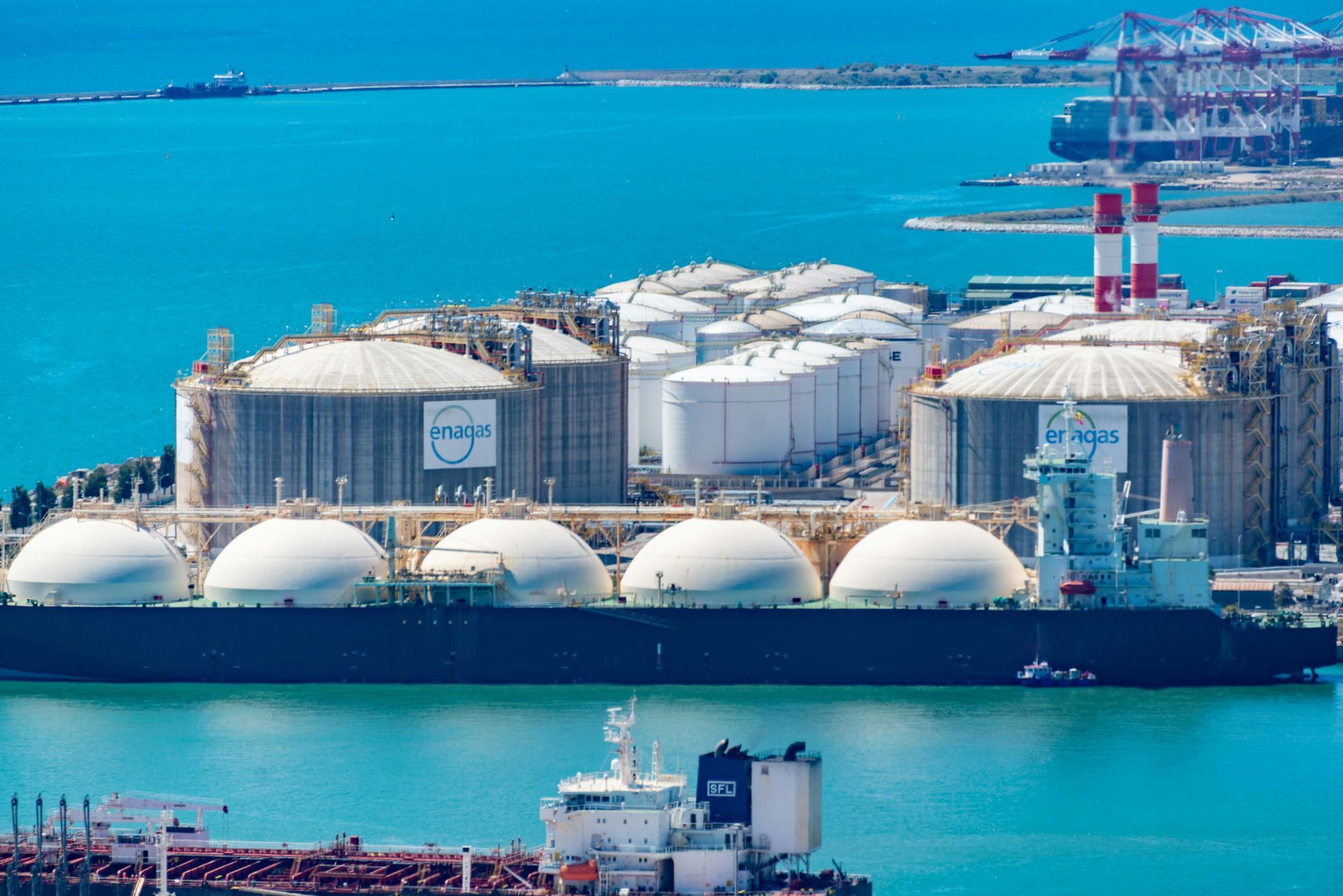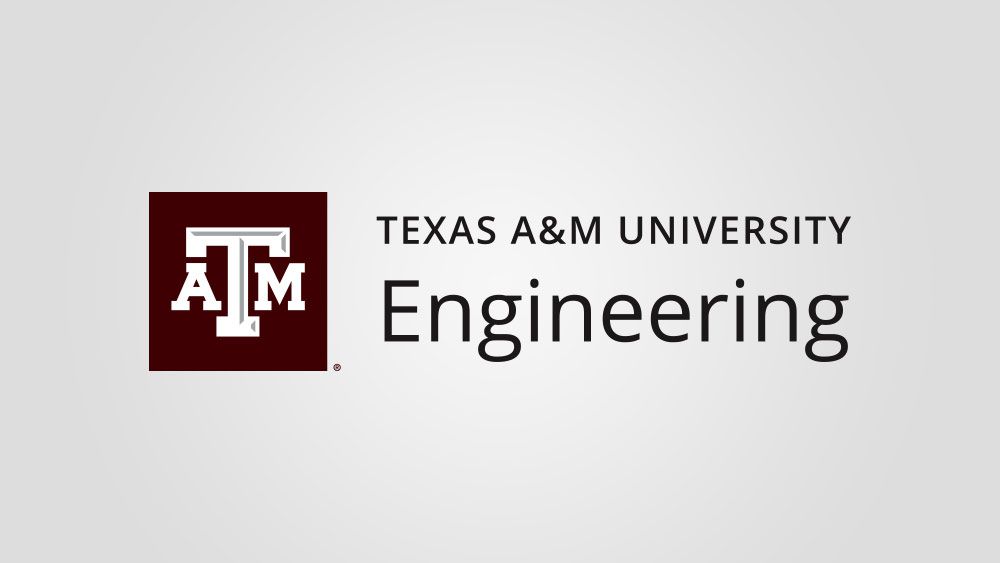ASU engineering team works to advance solid-state battery technology
Candace Chan, an associate professor of materials science and engineering in the Ira A. Fulton Schools of Engineering at Arizona State University, Tempe, Ariz., is working on two projects to help alleviate problems in applications that use lithium-ion batteries, such as electric vehicles. In these projects, she is investigating how to make solid-state batteries a viable solution for consumer applications.
Solid-state batteries differ from traditional battery chemistry due to the electrolytes used. An electrolyte is the material in a battery that transports ions between the cathode and anode sides, which are also known as electrodes.
The cathode stores lithium ions when charged, which then travel through the electrolyte into the anode, generating electricity in the process. The electricity is then sent to the device the battery powers.
A standard lithium-ion battery design uses a liquid electrolyte, while solid-state batteries use an electrolyte made from solid material. Chan’s group focuses on solid electrolytes made from ceramic materials.
“These solid electrolytes should ideally have the same properties as the liquid electrolyte to allow lithium-ion transport, but much better safety properties due to their increased thermal stability,” says Chan.
This increased stability in the electrolyte’s chemical structure also paves the way for the potential use of lithium metal in the anode section of a battery. This would increase the battery’s charging capacity, extending the driving range of electric vehicles.
“Currently, lithium metal anodes cannot be used in lithium-ion batteries with liquid electrolytes,” she says. “This is because of the tendency of lithium metal filaments known as dendrites to grow inside the batteries, through the liquid electrolyte, and cause internal short circuits. The hope is that solid-state electrolytes can prevent dendrite formation and allow for the realization of these higher-energy-density batteries.”
The first project for Chan’s group aims to develop a solid-state lithium-sulfur battery, which has the potential for low-cost, safe, and high-capacity energy storage. The second project focuses on finding commercially viable manufacturing methods for solid-state batteries, aiming to create thinner and more durable materials in a faster and more cost-effective way.
Current manufacturing methods for solid-state batteries’ electrolytes use furnaces that take 12 hours to create brittle material the size of pennies. The material’s fragility results in a need for solid-state batteries’ electrolyte layers to be thick to bind the electrolyte material together. This slow process is not cost effective for commercial applications and hinders the uptake of solid-state batteries for consumer use.
The researchers are investigating a plasma treatment process typically used in solar panel manufacturing that takes less than 12 minutes, creates thinner, more durable material and doesn’t require a sealed chamber. This faster process replaces a furnace with an open-air plasma device that uses high amounts of energy to convert and treat materials.
If it works, it could create batteries that have a useful life of 10 years — three times that of current lithium-ion designs. The technology is still in its early stages and will take time to perfect.
Source: ASM International







